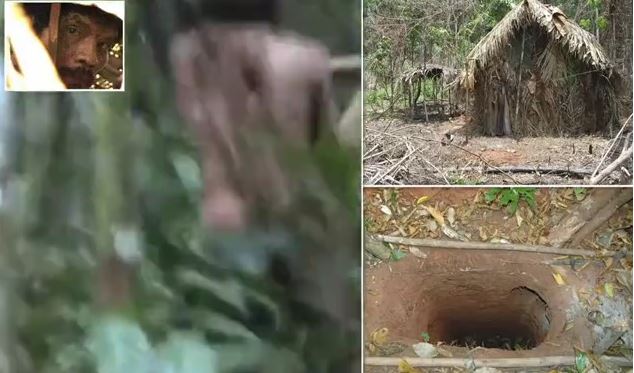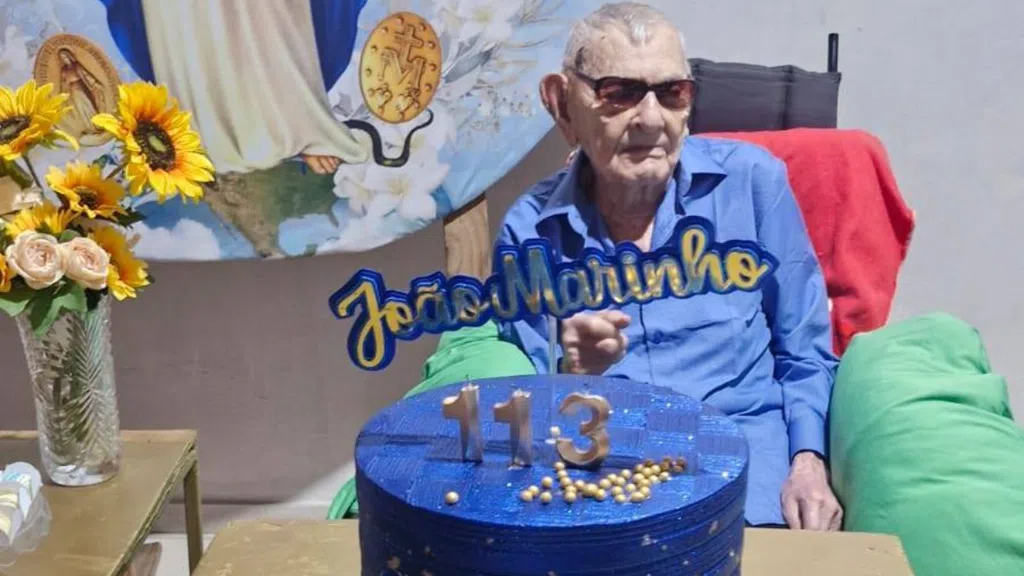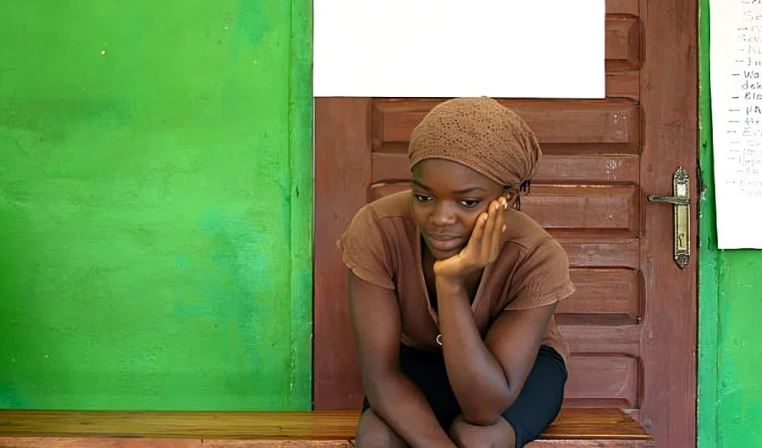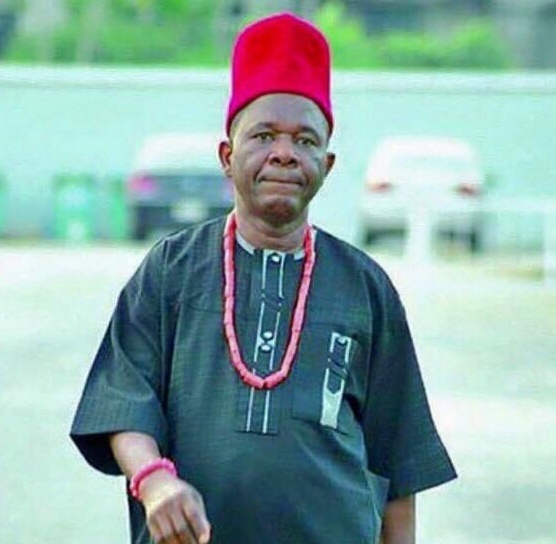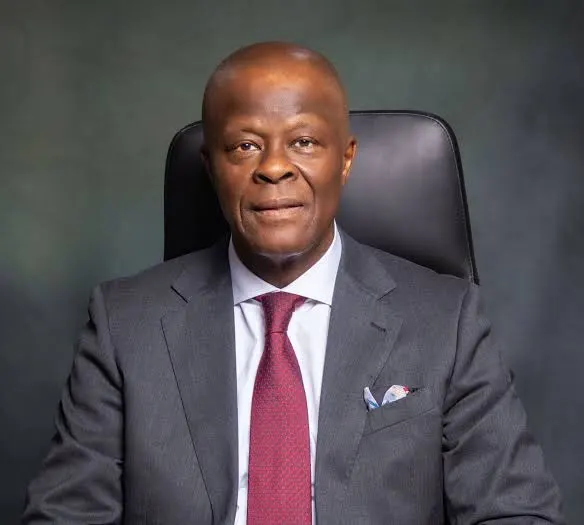Deep in the heart of Brazil’s Amazon rainforest, a silent and haunting story of unimaginable loss came to a tragic end.
Known as the Last of his Tribe and Man of the Hole, an unnamed indigenous hunter lived entirely alone for nearly three decades – the sole survivor of a brutal massacre that wiped out his people.
Desperate to survive in the depths of the world’s largest tropical rainforest, the unnamed man would construct deep holes to trap animals and hide in. The hermit shunned all contact with the outside world.
But secret footage captured by the Brazilian government in 1998 gave fascinating insight into the life of the hermit as he hacked down a tree before glancing straight into the camera lens and disappearing from sight.
After years of evading both civilisation and death, his solitary life eventually came to an end. His body was discovered in August 2022, lying in a hammock outside his palm-thatched hut.
The mysterious hunter was surrounded by handmade tools, feathers, and silence – just as he had been for 26 years.
He had no name, no spoken language anyone could understand, and no known contact with the outside world. And for most of his life, he had no one left to talk to.
The tale of the tribesman dubbed ‘the loneliest man in the world’ is one of great tragedy, loss, but beneath it all, courage.
The unknown man first came to the world’s attention in 1996, when Brazilian authorities began to notice signs of his solitary existence in the remote Tanaru Indigenous Territory in Rondonia state.
Over the years, trackers occasionally caught glimpses of him – muscular, agile, and always armed with a bow – before he vanished once more into the jungle.
Extraordinary footage captured in 2018 showed the half-naked man hacking at a tree with a homemade axe, quickly glancing into the camera lens before disappearing.
It was the last known video of him alive – a fleeting, blurry glimpse of a man who had become a ghost in his homeland.
He lived by digging deep grave-like holes in the earth. Some were to trap wild animals, other were for seemingly spiritual or ritualistic purposes.
Shocking images show the black abyss within the large holes which are surrounded by sticks, leaves and rocks.
These pits, some which were even covered in sharpened stakes, were a haunting reminder of both his survival instincts and his cultural heritage, now lost forever.
He spent most of his time hunting forest pigs, birds and monkeys with a bow and arrow, and lived in a hut surrounded by papaya and corn plantations.
The man’s tribe, believed to have once numbered around six, was destroyed by illegal cattle ranchers in the 1980s and 1990s, as Brazil’s Amazon frontier became a battleground of land grabs and violent exploitation.
His people were hunted down like animals and massacred to make way for farmland.
He was the only one who got away.
Funai, the indigenous affairs agency, had long respected his desire for solitude.
When his body was found – lying peacefully, no signs of violence – authorities believed he had died just days earlier. Police believed he had died of natural causes.
A small feathered ornament rested beside him, as if he had prepared for his death with quiet dignity.
There were no footprints or signs of struggle, only whispering trees and the echo of a lost culture.
Survival International, a group that campaigns for indigenous rights, called him ‘the victim of a genocide forgotten by most’.
His life, they said, was ‘a symbol of both horrific violence and astonishing resilience’.
Ultimately, the loneliest man in the world died as he lived: hidden, dignified, and tragically alone.

